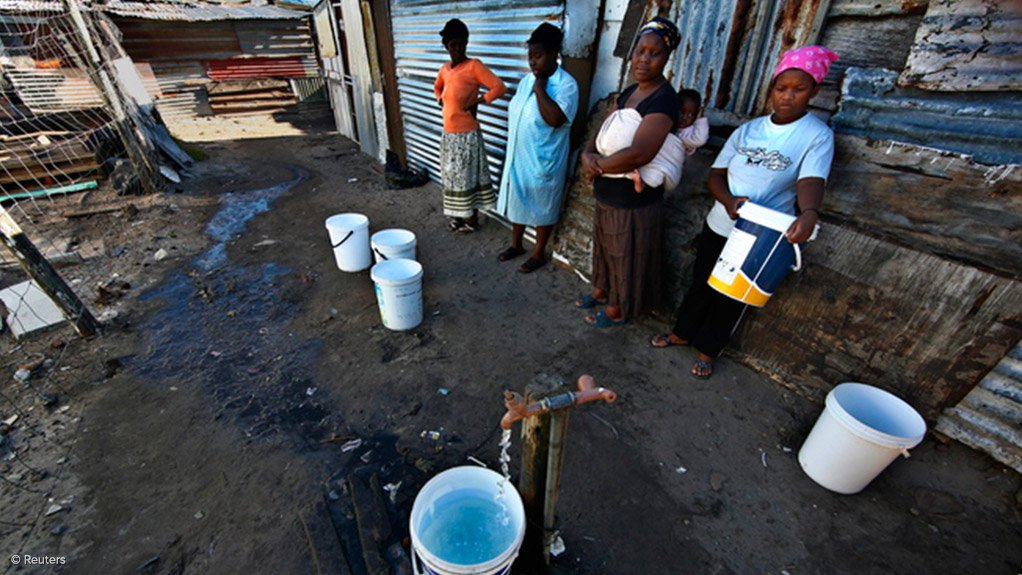South Africa’s anaemic economic growth since 2010 has left its population significantly poorer than the global average, according to Investec Wealth & Investment International.
“You can see a decoupling of South Africa’s gross domestic product per capita from the rest of the world in 2010,” Osagyefo Mazwai, investment strategist at Investec Wealth & Investment International, which manages R530-billion in assets, said in an interview.
South Africa’s GDP per capita adjusted for purchasing power parity was $15 194 in 2023, compared with $22 850 globally.
Growth in Africa’s largest economy has been hampered by sustained power outages, graft, crime, disintegrating infrastructure and foreign-policy missteps. Low growth has meant its economy is 37% smaller than it would have been had the country tracked its emerging-market peers, and it may have lost out on 5 trillion rand in taxes since 2010 that could have boosted its ability to fund services and lower its debt-to-GDP ratio, Investec said.
For South Africa to return to the global average within the next 10 years, GDP per capita would have to grow at around 8%, Mazwai said. That’s above the middle-income average growth rate of 5.9% since 1991 and almost double the global average growth rate of 4.4%, Investec said.
“You need to be exceptional in your GDP growth outcomes, and even in that environment, you only get back to the global average,” he said.
The International Monetary Fund expects the country’s economy to grow 1% in 2025 — down from a previous forecast of 1.5% and Investec sees it expanding 0.9% before reaching 3% by 2030.
For South Africa to unlock faster growth it needs to speed up policy execution to boost business confidence.
“If you look throughout the entire period of the post democratic South Africa, periods of lower business confidence coincide with periods of lower economic growth” and gross fixed capital formation (GFCF), Mazwai said.
Business confidence has on average been below the 50-mark that separates growth from contraction since the financial crisis, Bureau for Economic Research data shows, and GFCF hasn’t performed much better.
It was just 15% of GDP in 2024, compared with 40% for China, 30% for India, and 22% for Russia, World Bank data shows.
“If you look at India and you look at other markets like that, they’re not happy at 6% growth,” Investec Bank Chief Executive Officer Cumesh Moodliar said in the same interview. “Why should we be hovering at one odd percent growth? It’s because GFCF is just not happening at the pace it should,” he said. “We really need to bring that speed into it and create those efficiencies.”
EMAIL THIS ARTICLE SAVE THIS ARTICLE FEEDBACK
To subscribe email subscriptions@creamermedia.co.za or click here
To advertise email advertising@creamermedia.co.za or click here











